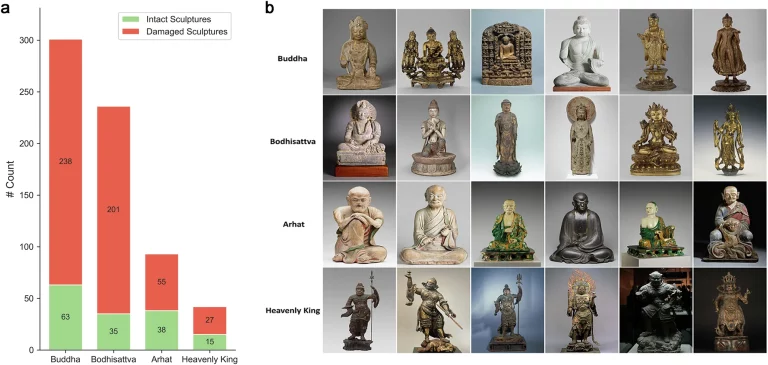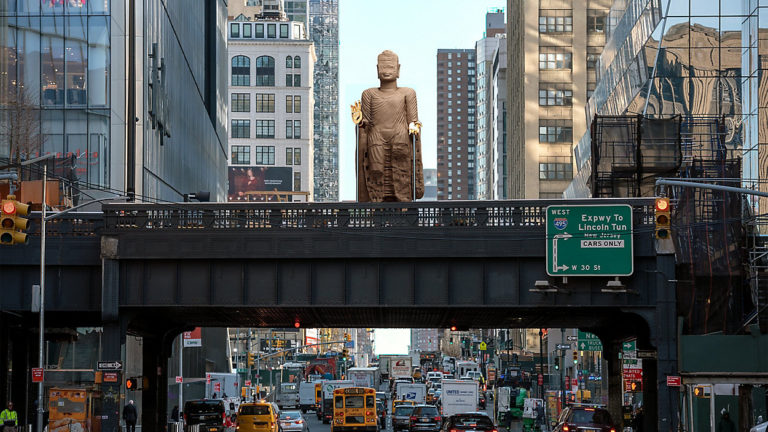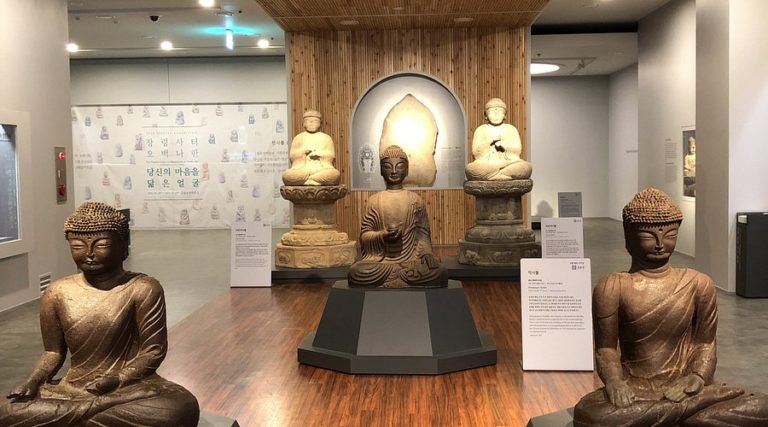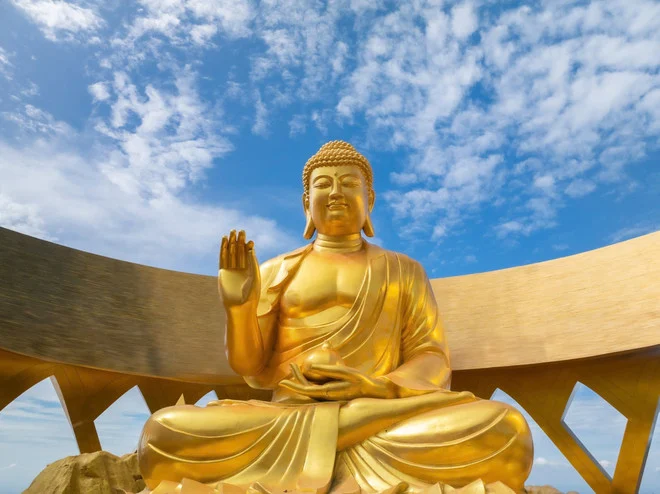On 29 November 2022, Snow Lion Publications, a part of Shambhala Publications, released Red Tara: The Female Buddha of Power and Magnetism by Rachael Stevens.
In this gem of a book, the author takes us on a deeply personal journey into the world of the goddess Tara, and, as the title implies, specifically focuses on her less-explored red forms. Stevens’s intent is to shed light on various Red Tara lineages across Tibet, Tibetan exile communities, and beyond, both enduring and extinct. This is a friendly yet scholarly book, and the author is clear about what is deemed appropriate to include and what is not, as well as when historical information is lacking.
The story begins at the Mahabodhi Temple in Bodh Gaya, amid the hustle and bustle of morning pilgrims, setting the scene for a decade-long exploration. It starts by discussing the attempts of different scholars to determine the origin of Tara worship: Sastri proposed Ladakh as the origin, while Dhavalikar argued for Western India, based on evidence from Ellora and Ajanta. Ghosh disagreed with Ladakh and suggested the earliest evidence was in India, with Tara being a creation akin to Durga—and thus, the book continues.
I had already studied Red Tara a little before exploring this book, also fascinated by this less-common aspect of the Tara pantheon, so I was eager to read and learn more. I was not disappointed.
From shambhala.com
How is Red Tara generally conveyed? Firstly, it’s easy to bundle her up with the female yidam Kurukulla, not that this would be incorrect of course, but far from the whole story. Thanks to the Tercho, a collection of 26 texts revealed by Apong Terton, then consolidated in India, Nepal, and Bhutan after his passing around 1945, we have the most familiar form of Red Tara known to us in the West.
We may typically know her like this:
Kurukulla, an embodiment of the compassionate red lotus of the Padma family of Amitabha, is known as Red Tara and is associated with love, coercion, and fascination. With her red uptala arrows, she showers love upon all, even those distant from the Dharma. Her crown, adorned with five skulls, symbolizes the transcendent insights of a buddha: compassion, effort, mindfulness, concentration, and a clear reflection of reality. She stands as a beacon of the Dharma’s beauty and eloquence. Her Tibetan name, Rigiyedma, carries nuanced translations from “mistress of magic” to “cause of knowledge,” painting a vivid picture, although not in literal Sanskrit terms.
Unlike many deities in the Buddhist pantheon, Kurukulla captivates with the charms of love, seduction, and sensuality. She echoes more of Aphrodite wielding Cupid’s bow than the customary deity in Buddhist imagery brandishing a flaying knife and skull cup. Her attachment-centric nature, in a realm where detachment is often sought, lends an intriguing quality to her character. Like the mesmerizing dance of clouds or the hypnotic flow of water, Kurukulla’s allure lies in enchanting us toward wisdom and transforming our passions into profound insights. Like the red thread of fate, her noose signifies an unbreakable connection. She embodies life’s nurturing essence, reminiscent of an umbilical cord.
Kurukulla’s evolution from Indian love magic to the Tara pantheon reflects her multifaceted nature. Now encompassing both buddhahood and the sky-dancing dakini, she bridges reflection and revelation. And I may even posit that, in a universe intertwined with quantum physics, Kurukulla’s energy facilitates the manifestation of desires, resonating with the principles of the “law of attraction.”
Stevens’s years of deep research put an end to any generic, and even romantic or fanciful assertions. In fact, there were times when I was almost irritated by the historically documented reality, not least the subjugation aspect, and even questioning just how basic and truly mundane some of these actual origins may have been—namely men wanting women, even by brutal “magical” means. Of course, this was merely one fleeting layer of this complex deity. Tara manifests in various forms, including the widely known Green Tara, White Tārā, and the collective entity known as the Twenty-One Taras, representing her as a nurturing, protective, and guiding presence through samsara, with each discussed in detail. But, as the texts explain, nurturing may not always have been the first adjective that sprang to mind when the iconography of Red Tara was concerned.
While Tara may be conventionally visualized as separate, on a deeper level, she represents our innate buddhahood, embodying the empty nature of our minds. Stevens provides us with a comprehensive list of texts on Red Tara, categorized by location and school of Tibetan Buddhism, to help practitioners explore their specific interests. However, due to the secretive nature of tantric tradition, not all texts could be accessed, and some lineages may have been lost over time. She also introduces the four classes of tantra in Tibetan tradition, underscoring the need for initiation from a qualified tantric master to truly comprehend these esoteric teachings, as well as practices involving deity visualization, with variations depending on the class of tantra. Through tantric practice, one transcends conventional reality, realizing the non-dual truth of our mind’s inseparability from enlightened beings such as Tara. There is also a section that highlights Tara’s role as a yidam, the practitioner’s main deity in tantric meditation, shedding light on the transformative power of this practice. Indeed, the depth of information provided by Stevens is truly impressive.
Rachael Stevens. From shambhala.com
Stevens dedication to the exploration of Red Tara is evident, and the writing is clear and well-structured, making it easy for the reader to follow her progression from initial curiosity and visits to esteemed institutions such as the Library of Tibetan Works and Archives in Dharamsala, to the in-depth research we see in these pages.
This book serves as an illuminating introduction to the goddess Tara in Tibetan Buddhist traditions. It traces the historical evolution of Tara worship, emphasizing her pivotal role in Tibetan Buddhist practice. Part 1 discusses Tara’s origins and worship, establishing foundational understanding of her mythological past lives and her veneration across India and beyond. Part 2 shifts focus to the red forms of Tara and explores wang rituals centered on subjugation and magnetization. It provides a detailed account of the lineage and practices—including the concise and extensive cycles, as well as the crystal-healing practice of Red Tara—within the context of Apong Terton and Chagdud Tulku (a revered Tibetan Buddhist teacher and recognized Tara siddha born in 1930) and traces the transmission of teachings from one through to the other, highlighting the significance of Red Tara in their spiritual journey. Stevens also offers insights into the spiritual legacy of Chagdud Tulku and the Chagdud Gonpa Foundation he founded, providing comprehensive insights for both newcomers and seasoned practitioners.
Replete with appendices of translated practices, footnotes throughout, and an extensive bibliography, the well-detailed chapters offer insights into the history, origins, roots, worship, and practices associated with Tara, and—the significance of initiation and lineage in tantric practices being duly emphasized—showcases the author’s respect for tradition.
Stevens’s book carries the weight of a sacred teaching, urging the reader to absorb Tara’s wisdom. It serves as a guiding light, showing the way for those who venture into the world of the Dharma, and should be on the desk of anyone interested in Buddhism, the sacred feminine, history, meditation, or enlightenment.





